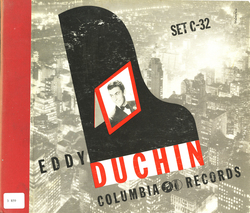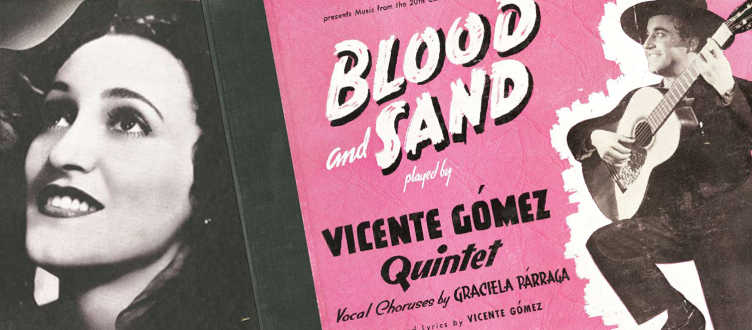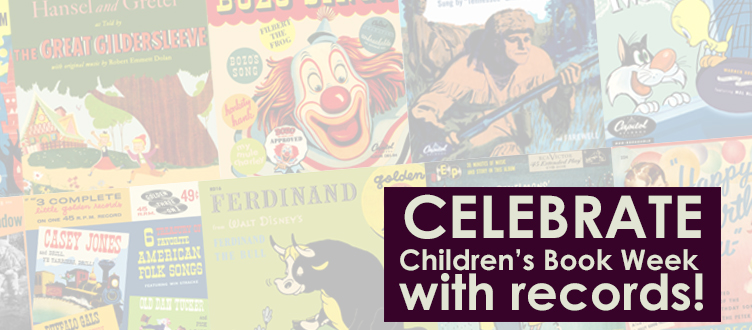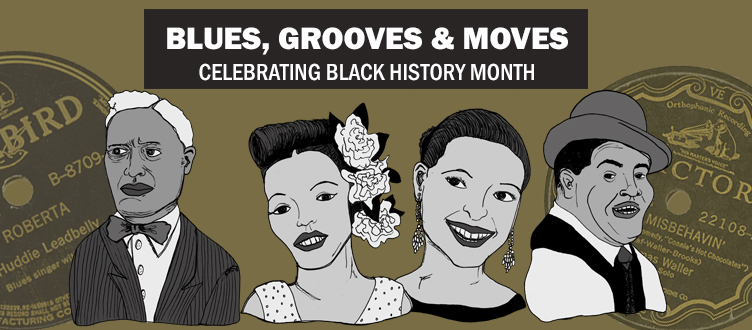 Eddy Duchin never pretended to be a great musician.
Eddy Duchin never pretended to be a great musician.
One of the members of Eddy Duchin’s orchestra once said “…Many people didn’t listen to him as much as they looked at him, he was the only musician I’ve ever known who could play a thirty-two-bar solo with thirty-two mistakes and get an ovation afterwards…” Read More About This…
 We wanted to share one of several recordings within our Hispanic/Latin American collection of recordings. Last year we highlighted Xavier Cugat, as an important artist who shaped the world of Latin music into what it is today.
We wanted to share one of several recordings within our Hispanic/Latin American collection of recordings. Last year we highlighted Xavier Cugat, as an important artist who shaped the world of Latin music into what it is today.
This year we’d like to highlight the voice of Graciela Párraga and composer Vicente Gómez. Both of whom are featured on the album Blood and Sand within the Recorded Sound Archives Hispanic/Latin American collection. Read More About This…

Photo of Xavier Cugat. This work is from the William P. Gottlieb collection at the Library of Congress.
As part of Hispanic / Latino Heritage month, we’d like to take the opportunity to introduce you to some important artists who shaped the world of Latin music into what it is today. Today we would like to highlight Xavier Cugat. Born January 1, 1900 in Catalonia, Spain, his family had bigger plans venturing first to Cuba when he was five. In Cuba, this is where Xavier picked up the violin training as a classical violinist he went on to play with the Orchestra of the Teatro Nacional in Havana. Read More About This…
 Eddy Duchin never pretended to be a great musician.
Eddy Duchin never pretended to be a great musician. We wanted to share one of several recordings within our Hispanic/Latin American collection of recordings. Last year we highlighted
We wanted to share one of several recordings within our Hispanic/Latin American collection of recordings. Last year we highlighted 

